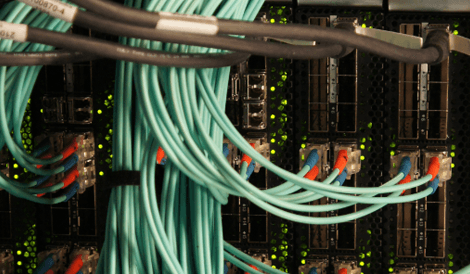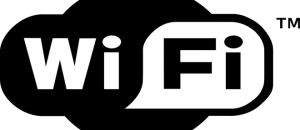According to a research paper published in Nature Photonics, researchers at Alcatel-Lucent’s Bell Labs have found a new way to transmit data super-fast over fiber cables. This new method is using “twin waves” of information rather than just one and then bringing them together when they arrive at their destination. From this new method, they can cut down on signal distortion and achieve rates of 400Gbps (that’s 400 gigabits per second) across a record distance of 12,800 kilometers or roughly 7,900 miles.
The key to this research is it requires little to no new hardware to get the high speeds. The pairing of the signals basically cancels out the ups and downs of data, which means the signal-to-noise ratio improves and that lets fiber optic communications travel farther without more gear along the way to boost the signal. This is a huge deal because right now, to get higher speeds you need new hardware — like LTE.
It’s worth noting that speeds faster than 400Gbps are not unheard of, but the distance this speed can travel is the key thing here. Researchers have actually been able to send 100 terabits (that’s 1024 gigabits x 100) per second but it was unclear how far those speeds could be sustained. And last year Verizon clocked in at 12.7 terabits per second across more than 900 miles of broadband with the help of NEC’s “superchannels.”
Meanwhile most of us, at least here in the US, are barely seeing 10Mbps. While Google is rolling out 1Gbps download and upload speeds with Google Fiber in the USA, only a select few areas have it. However, with companies like Sony pushing out 4K, we are definitely going to need Gbps or higher speeds sooner rather than later.

 Email article
Email article




